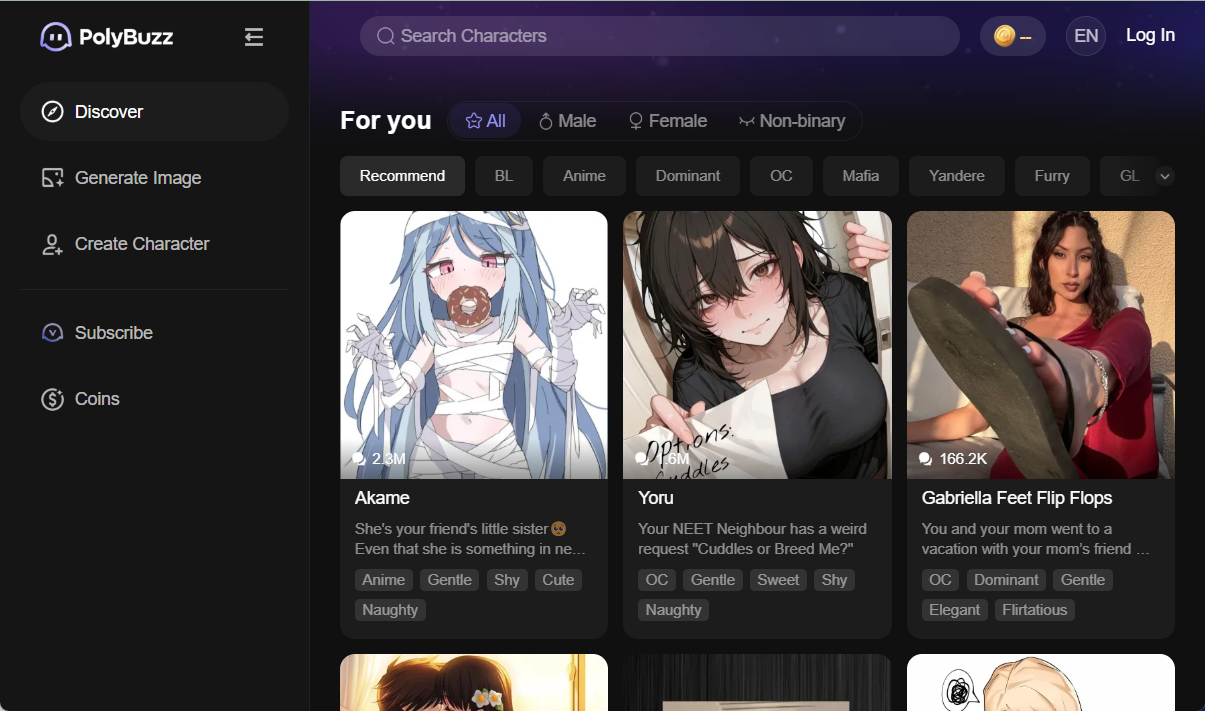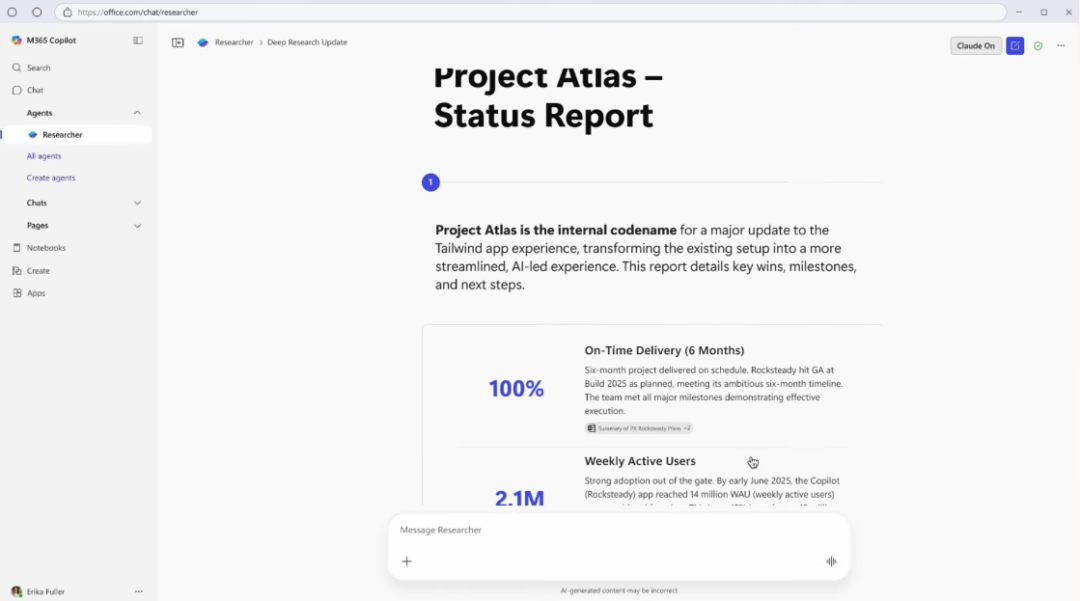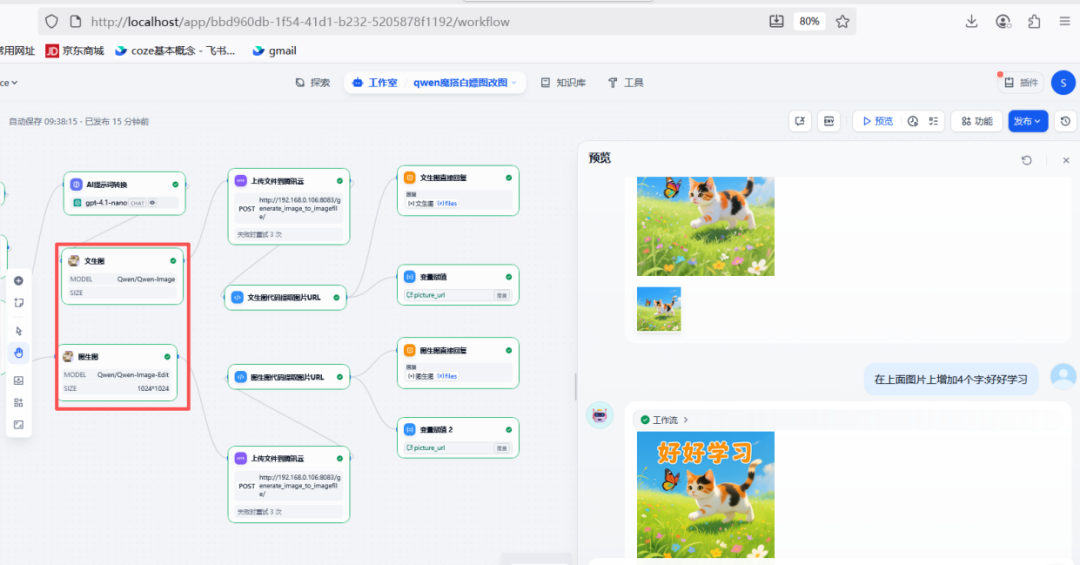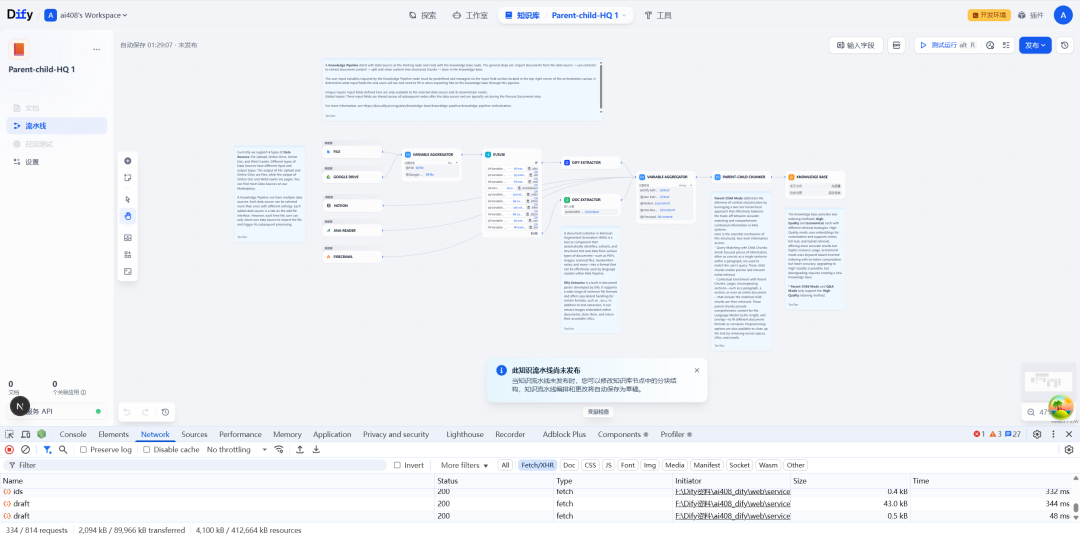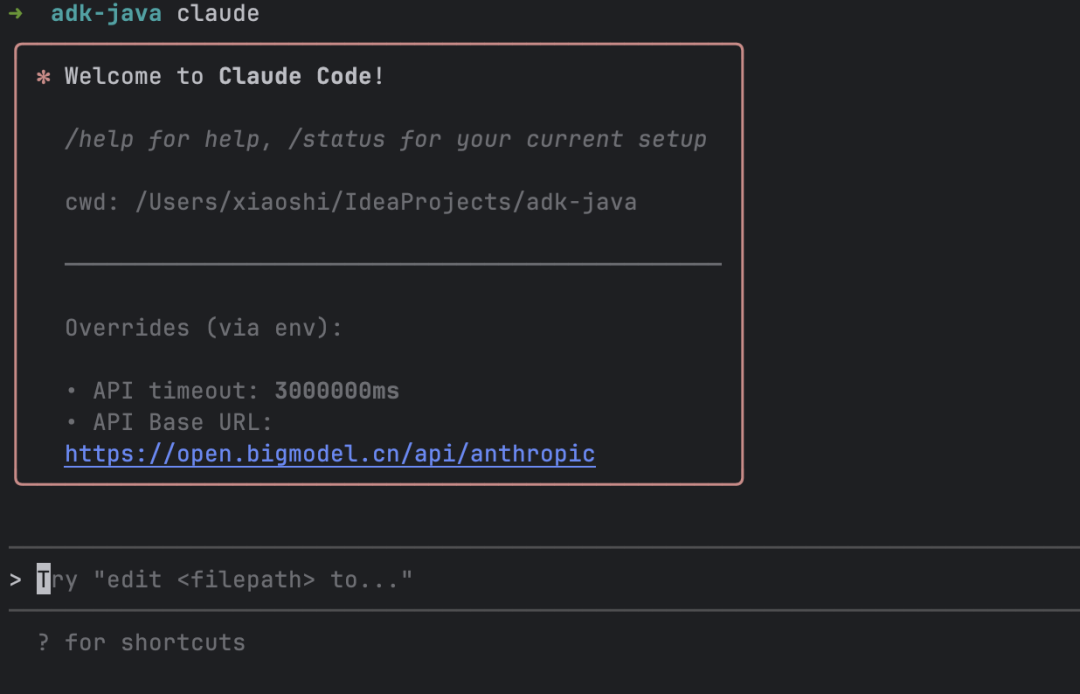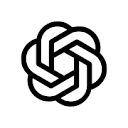Operational Pattern Recognition and Automation Realization
The system captures the user's high-frequency operation sequences through the program memory module, and uses the improved Needleman-Wunsch algorithm to identify repeated patterns. When an operation sequence (e.g., "take a screenshot→paste into PPT→add annotation") is detected to be repeated more than 3 times, a workflow template can be automatically generated. Test data shows that this feature can save users an average of 47% of routine operation time.
Workflow Editor provides three levels of automation: basic level for simple macro commands (such as batch rename), advanced support for conditional judgment (such as "if the document is more than 10 pages, then split"), expert level open API access (such as connecting to Zapier to achieve cross-platform automation). Users can manage these templates in the "Workflow Hub", set up shortcuts to trigger or schedule tasks.
Typical examples include scenarios such as automated generation of weekly reports for marketing staff, batch processing of bank statements for finance staff, and automated organization of student assignments for teachers. The system also provides a sandbox environment to test new workflows and prevent incorrect operations from affecting actual documents.
This answer comes from the articleMIRIX: A Multi-Intelligent Personal Assistant for Intelligent Tracking of Screen ActivityThe







